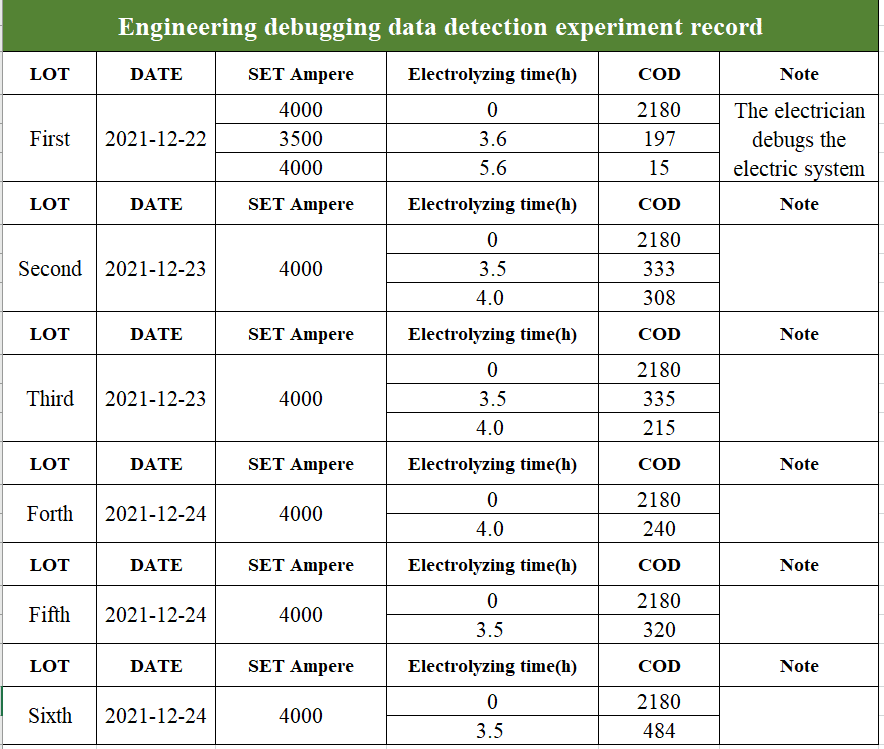29
06
Case Study of Hunan XX Pharmaceutical Wastewater Treatment
Hunan XX Pharmaceutical – Treatment of wastewater COD Live Photos
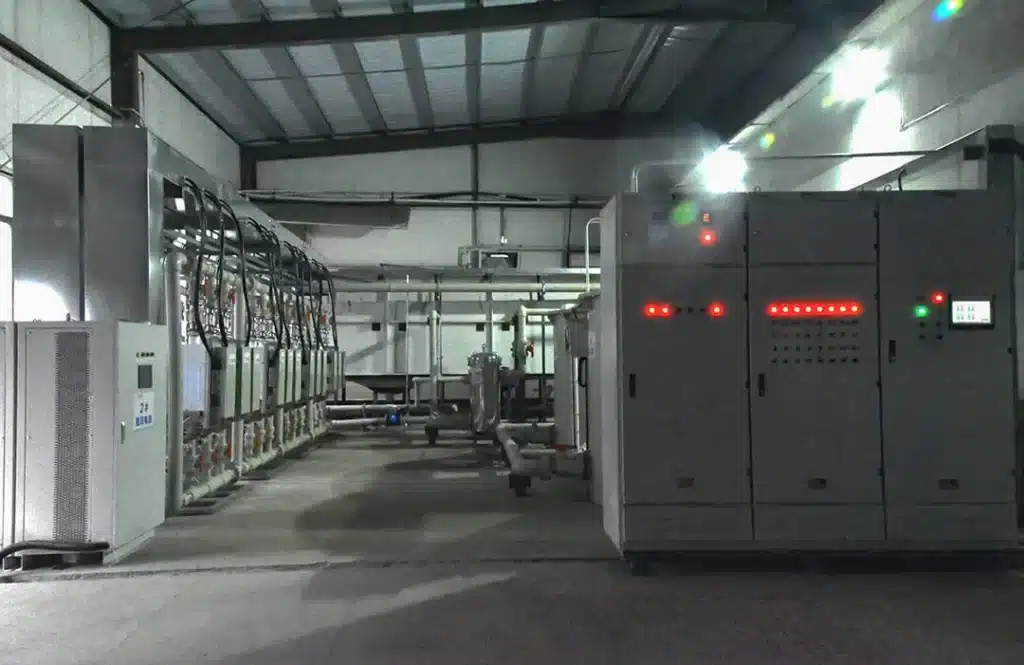
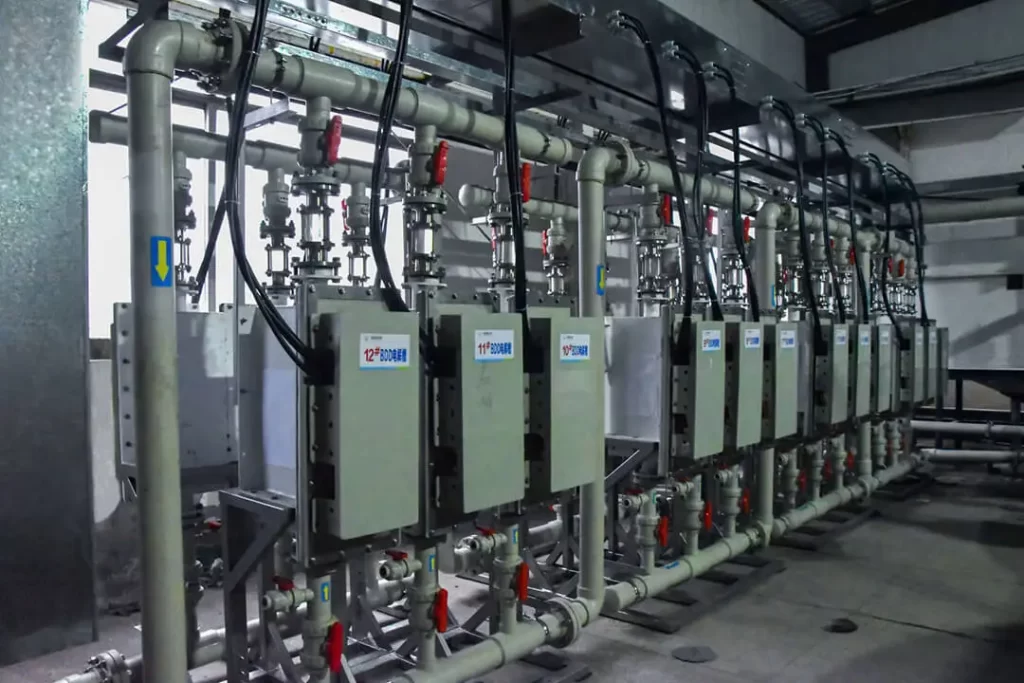
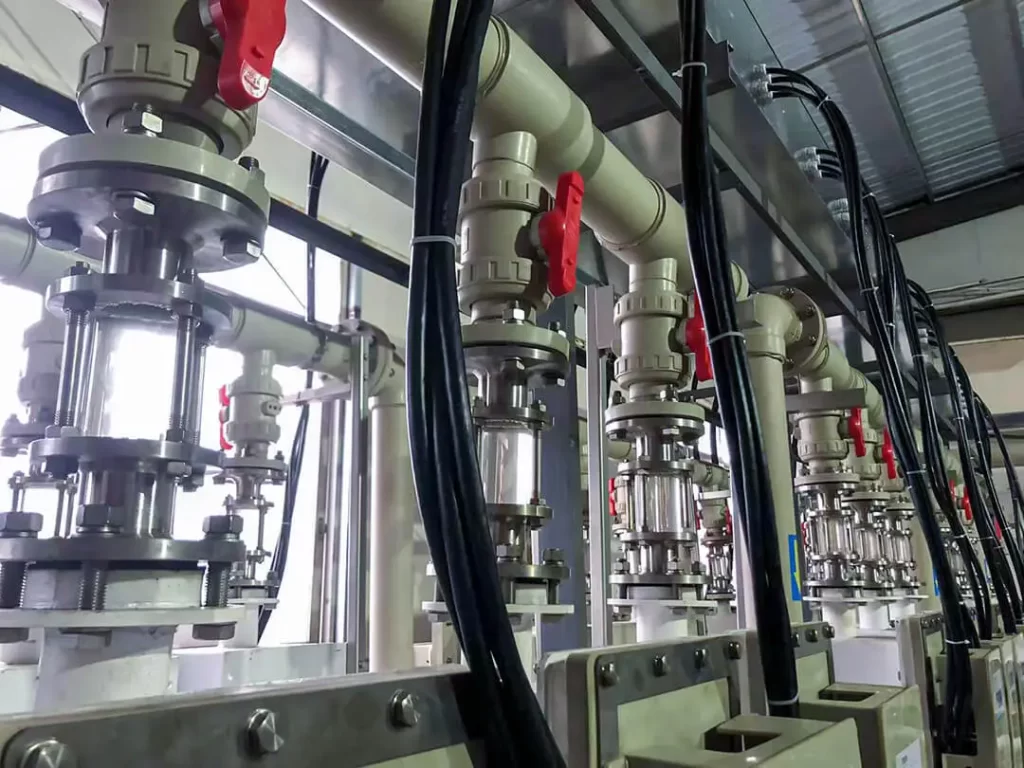
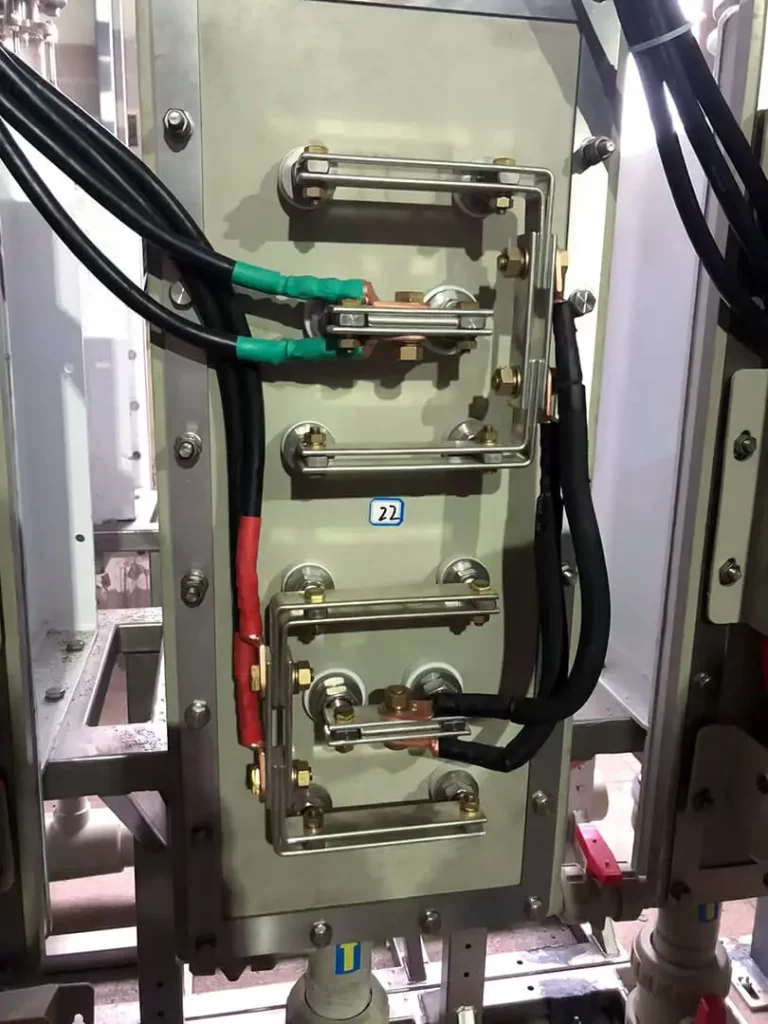
1 Engineering Introduction
Hunan XXX Pharmaceutical Co., Ltd. was established in April 2004 by the national expert Prof. A high-tech enterprise focusing on the R&D and production of prescription medicine and its derivatives. During the production process, an average of 30 tons of high-salt wastewater containing the heterocyclic compound pyridine is produced daily, and the salt content is about 2%. In response to the national environmental protection policy of “green mountains and green waters are invaluable assets”, a new sewage station with “BDD electrochemistry” as the core technology has been built. High-tech in sewage treatment.
2 Wastewater treatment scale
Design processing scale: daily processing capacity is 30m3/d; the main pollutant emission indicators controlled are COD, ammonia nitrogen, chromaticity, etc.
3 Design water quality requirements
According to the preliminary design, the main control index limits of the influent water quality are as follows in Table 2.3。
Table 2.3 System Influent Water Quality Index
(pH is dimensionless, other units are mg/L)
| pollutants | pH | CODCr | NH3-N | |
| Concentration | 8-9 | ≤3000 | ≤100 |
4 Design effluent quality requirements
Table 2.4 Water quality requirements of the advanced treatment system
(pH is dimensionless, other units are mg/L)
| Pollutants | pH | CODCr | NH3-N |
| Concentration | 6-9 | ≤500 | ≤45 |
5 Process flow introduction
The process flow of the project is shown in the figure below:
System process flow chart
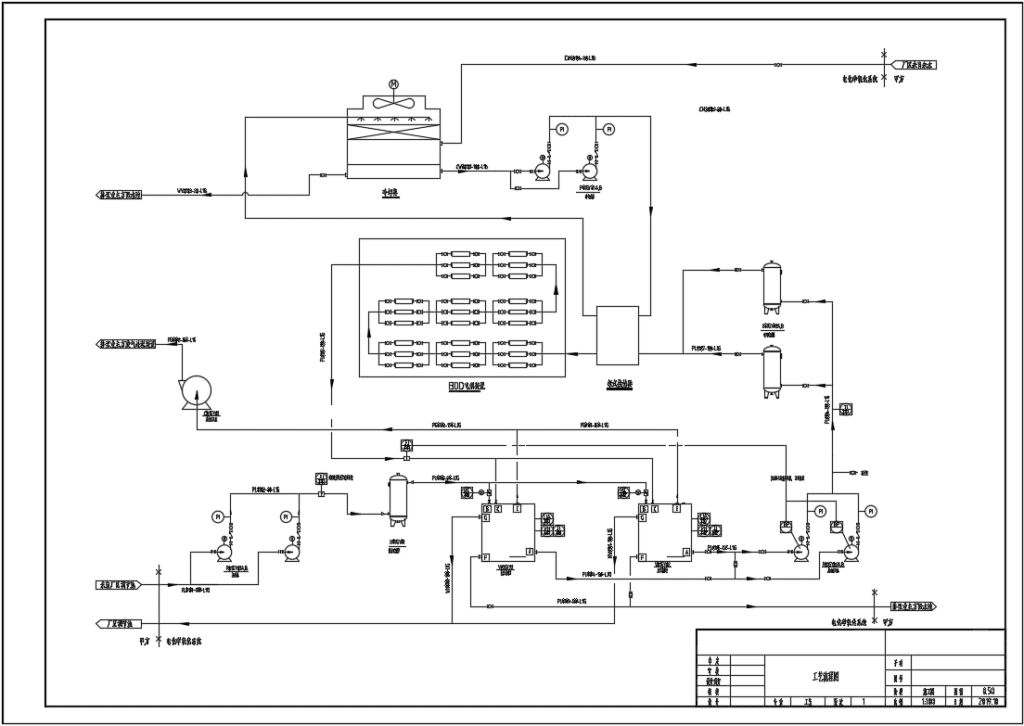
Equipment layout
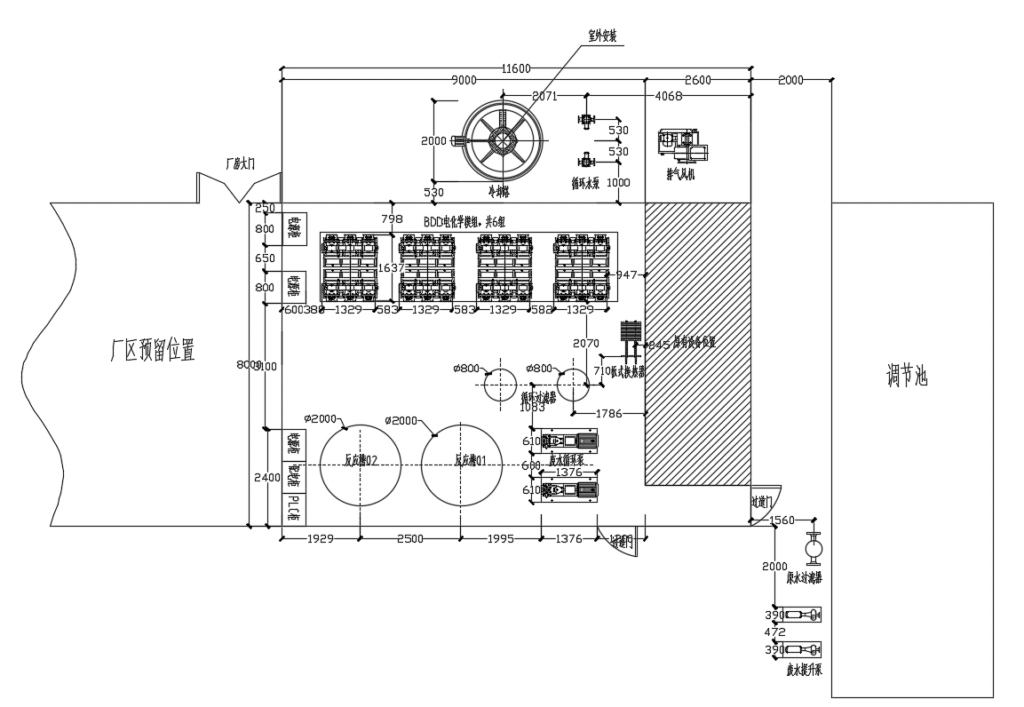
6. Process Description
This process is a treatment process designed according to the characteristics of high-salt wastewater containing pyridine. Considering the poor biodegradability and high salinity of high-salt wastewater containing pyridine, the “BDD electrochemical” technology is used as the core treatment process. High-tech research and development of organic sewage. The process is simple to operate, does not produce sludge, and can realize automatic sewage treatment。
6.1 Adjustment tank:
The production wastewater in the factory area flows into the adjustment tank to uniformize the water quality and adjust the pH.
6.2 Circulating bucket:
The sewage is lifted to the circulating bucket by the lift pump. Then, the sewage is transported to the BDD electrochemical cell through the circulating pump for circulating electrolysis. After reaching the standard, it can be discharged to the clean water tank through the emptying valve. The top of the circulation barrel is provided with an exhaust gas discharge device, which discharges the carbon dioxide and other gases generated during the electrolysis reaction in time.
6.3 316L stainless steel bag filter:
The filter is set between the circulating barrel and the BDD electrochemical cell, which can filter the particulate matter in the sewage, ensure that the BDD electrochemical cell is not polluted, and also ensure that the effluent is clearer。
6.4 BDD electrochemical cell:
The reaction cell is the core reactor, the sewage is circulated and electrolyzed in the tank, and the surface of the BDD anode is in contact with the sewage, which can directly oxidize the organic matter in the sewage and the oxidatively decomposed substances such as ammonia nitrogen. Under the action, the electrochemical region can ionize hydroxyl radicals with strong oxidizing properties. Hydroxyl radicals belong to active groups, which can quickly oxidize organic matter and ammonia nitrogen in sewage to achieve the purpose of reducing COD and ammonia nitrogen.
6.5 Clear water tank:
The sewage is discharged to the clear water tank for temporary storage after reaching the standard through electrolysis and can be discharged after the self-inspection meets the standard.
6.6 Cooling system:
During the BDD electrolysis reaction, the thermal effect of the current will release heat, which will increase the temperature of the sewage. At the same time, the decomposition reaction of the compound will release a lot of heat energy, which will also increase the temperature of the sewage. The temperature of the electrochemical system needs to be controlled below 70 °C. Therefore, Set up a cooling system to cool the sewage to ensure the continuous and stable operation of the entire electrochemical system.
6.7 Exhaust fan:
Carbon dioxide and other gases will be generated during the decomposition of organic matter, which can be collected centrally through the fan system to regulate the discharge.
The sewage reaches the discharge standard after being treated by the above-mentioned treatment process.
7 debug data
